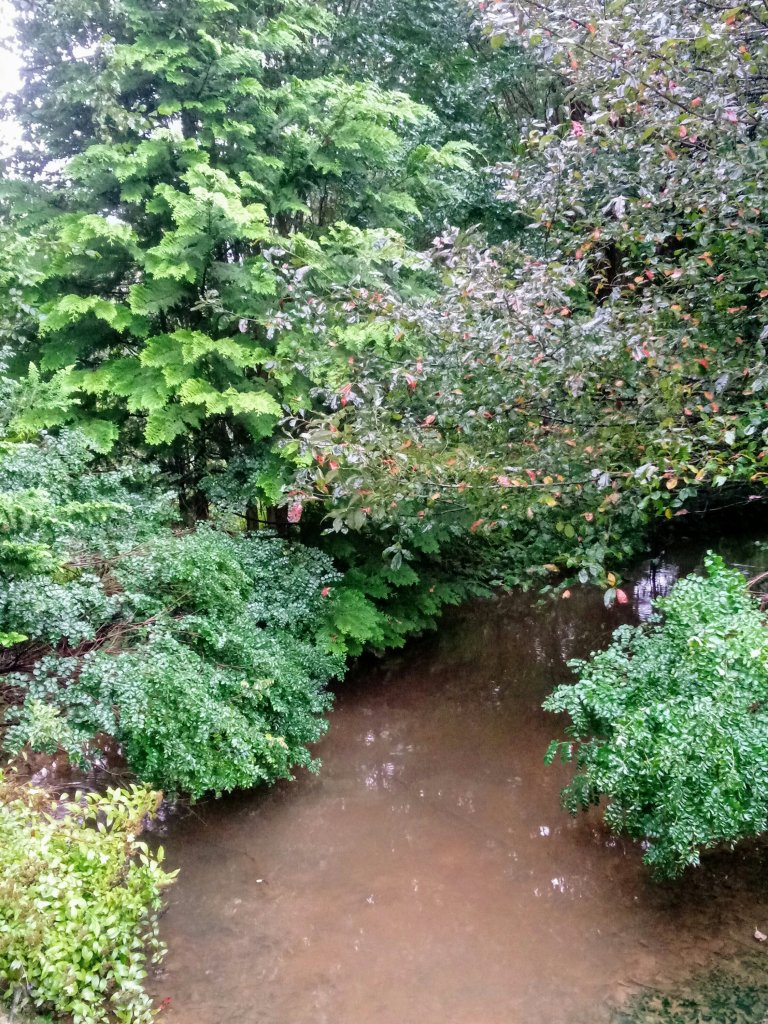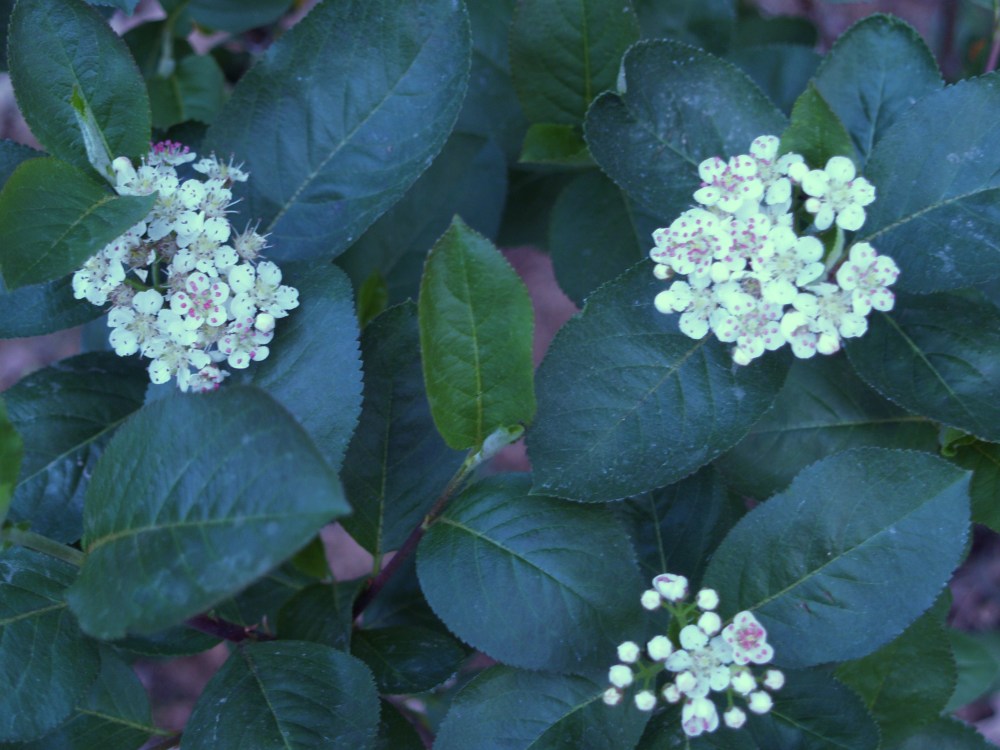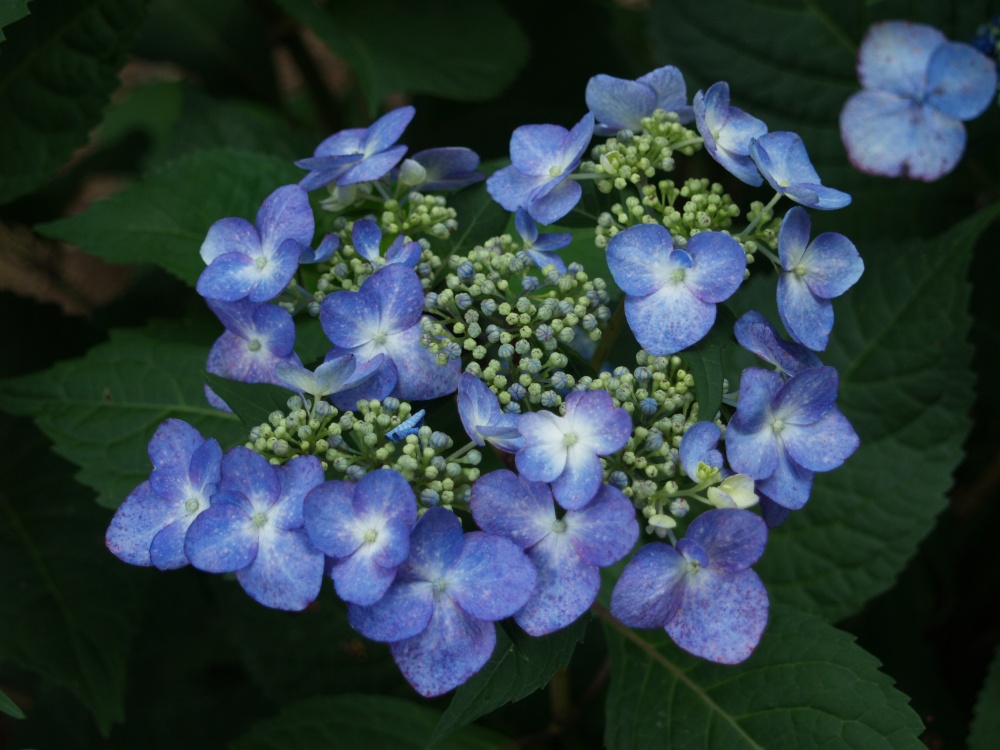Slowly, I gain knowledge about what does best, and where, and conditions in this garden where plants fail to thrive or survive. I can imagine your head shaking, “well, of course, after twenty-nine years in the garden, he should know a thing or two.” And, probably I do, but understanding the garden is a moving target.

Rain is up about fifteen inches this year, with more on the way. The low end of the garden seems lower this year, swampier despite extensive work to improve drainage. Dogwoods on the high end of the dampness have already dropped most leaves, and thankfully plantings in this part of the garden have been almost totally replaced with ones tolerant of constant dampness in recent years. Almost, with a few guesses that are proving to be incorrect.

I don’t recall a summer, or any other part of a year so wet, so this is a new experience. I think that I shouldn’t consider ankle deep muck in the long term, when half that is the norm. Judging from this summer, I never should have planted the dogwoods, but they’ve survived this long, and probably they’ll bounce back next spring. One year, or season, is never the same as the one before, so judgments must be carefully considered.
References are helpful, to a degree, in evaluating plants for a site, but it is experience that judges the degrees of moisture, or when part sun becomes shade. I pay close attention when I see any plant thriving, in this garden or others. Do I have the spot of sunlight, or deep and moist, but well drained soil to match these conditions?
I think that maybe, possibly, I’ve figured ideal settings for daphnes in this garden. Certainly not the damp lower garden, though sunlight exposure here would be even more ideal than where several are thriving. Success with daphnes was accomplished by trial and error, with a few failures, and I’m far from confident this experience would transfer two houses up the road. Every year I understand this piece of land a little better, so when another daphne or two are added, there’s a good chance I’ll get it right.
I planted a few Mountain hydrangeas last week. These are similar in appearance to mopheads, and in flower to lacecap hydrangeas (above), but sturdier through winters and more tolerant of sun. There’s not a lot of sun in this garden, but I was motivated to find a spot, so two were crammed into spaces that might be a bit too tight. Another has some breathing room, but not as much sun. Probably, all will work out since hydrangeas are more forgiving than the average, and it could come down to a few less flowers or slightly less vigorous growth in one location or the other. I’ll be watching.


Goodness! You already got more rain than my former neighborhood gets annually! Our rain has not started, and will not start for quite a while.